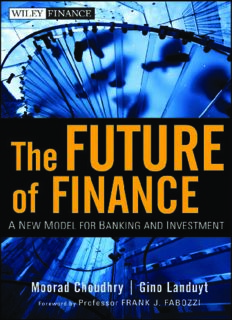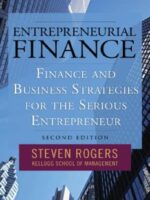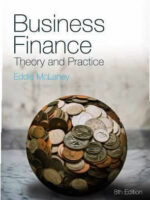The year 2008 was an annus horribilis for investors in financial markets. No investor was protected against the downfall in asset prices. Even the stars of the past decade, the wizards of Greenwich who promised that investment portfolios would be made immune to downward correction by adding portable alpha to their portfolios, had to admit that there was no safe haven.
Diversify cation across several different asset classes didn’t work either, since every major asset class appeared to be under attack. What the 2007 – 2009 credit crunch and economic recession reminded us was that diversify cation and the efficient portfolio theory do not apply at all times.
What is apparent is that a cornerstone of modern finance, the modern portfolio theory (MPT), did not withstand the test during the financial market crisis of 2007 – 2008. Moreover, in a bear market it can be observed that diversify cation to hedge or spread risk sometimes destroys value rather than creates it, because it merely magnifies the existing risk exposure for no further reward. Consider the Credit Suisse/Tremont Hedge Fund Index returns in Table P.1(also shown in Chapter 6as Table 6.1 ).
All the strategies shown (except for dedicated shorts and managed futures) reported a negative performance for 2008. We can argue that both dedicated shorts and managed futures are pure directional plays, like betting in a casino, and anticipate a negative downturn, and so would always perform positively in a bearish environment.
These two strategies cannot be said to represent the application of MPT. The problem is that MPT and the diversify cation argument, like so many good investment ideas, only work in a bull market, when investors pay at least lip service to “ fundamentals ”and attempt to apply some logic in share valuation. In a bear market, or in any period of negative sentiment, all asset prices and markets go down.
And in times of crises, as we have observed during 2007 – 2008, correlation between asset classes is practically unity. It does not matter what industry, country, or level of managerial expertise is being considered; all prices go down and all credit spreads widen in a bear market such as the one we experienced in the recent crisis. In that crisis, everyone lost money: banks, hedge funds, volatility traders, private









Be the first to review “The Future Of Finance”